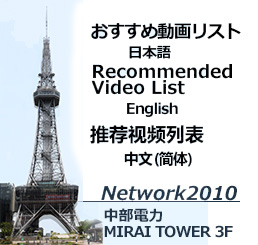【Video】Nagoya Castle Area Walking Map
- Nagoya Walking Map INDEXへ
- ①Tour of Nagoya Castle Town
- ②Sakae Walking Map
- ③Nagoya Station Area Walking Map
- ④Nagoya Castle Area Walking Map
In 1600, the Battle of Sekigahara took place and the eastern army led by Tokugawa Ieyasu won.Ieyasu's fourth son, Matsudaira Tadayoshi participated in this battle, fought hard, and took credit for it. Ieyasu recognized his merits and gave him 520,000 goku in Owari andMino provinces and appointed him lord of Kiyosu Castle. However, he passed away at the young age of 28, partly due to injuries sustained in the Battle of Sekigahara. Ieyasu appointed as his successor Tokugawa Yoshinao, Ieyasu's ninth son and lord of the Kofu domain, who was still a child.
In 1603, Ieyasu became Seii taishogun, commander-in-chief of the expeditionary force against the barbarians and established the Edo shogunate. He was preparing for a decisive battle against the Toyotomi family based at Osaka Castle, and proceeded with plans to relocate from Kiyosu, a low marshy area and vulnerable to defense, as a full-line base of defense. The site chosen was the northern edge of the Nagoya plateau, where the former Nagoya Castle, the residence of the Oda family, once stood.The west and north sides of the Nagoya plateau were cliffs, and the marshy lands below the cliffs were suitable for defense. Daimyo lords from the western and northern provinces were mobilized to begin construction of the castle in 1610. The Honmaru, where the large and small castle towers and the Honmaru palace are located, was in the center, with the Nishi-no-maru to the southwest, the Ofuke-maru to the northwest, and the Ni-no-maru to the southeast. Further to the southeast, there was the vast San-no-maru area, where the residences of important vassals, temples, and shrines were located. At the same time, the castle town was relocated from Kiyosu, known as "Kiyosu-goshi".
In 1615, the Toyotomi family was destroyed in the Osaka Winter and Summer Campaigns. Nagoya Castle changed its role from a military base to the administrative center of the Owari clan. The Honmaru palace was later used exclusively for the Shogun's visits to Kyoto, and the Ninomaru palace, which served both as the residence of the feudal lord and as the domain office, was newly constructed.
-
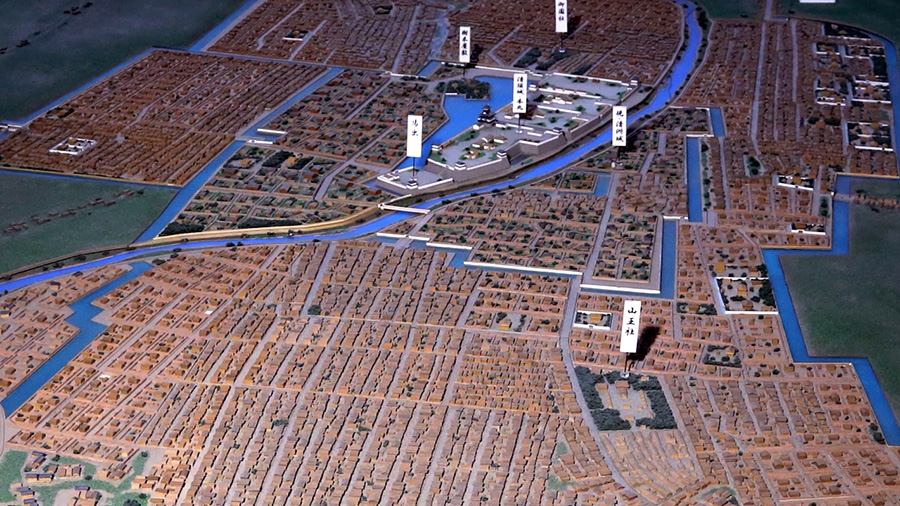
Kiyosu Castle Replica
-
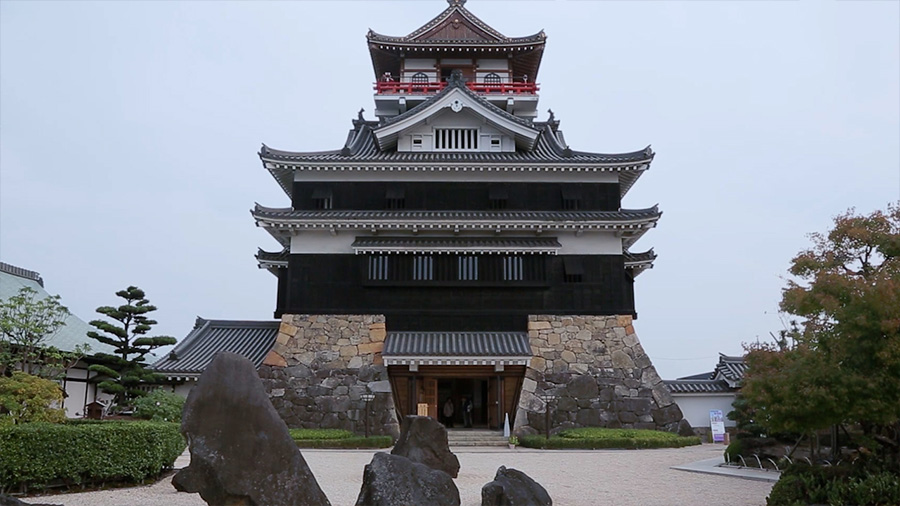
Kiyosu Castle Simulated castle tower
-
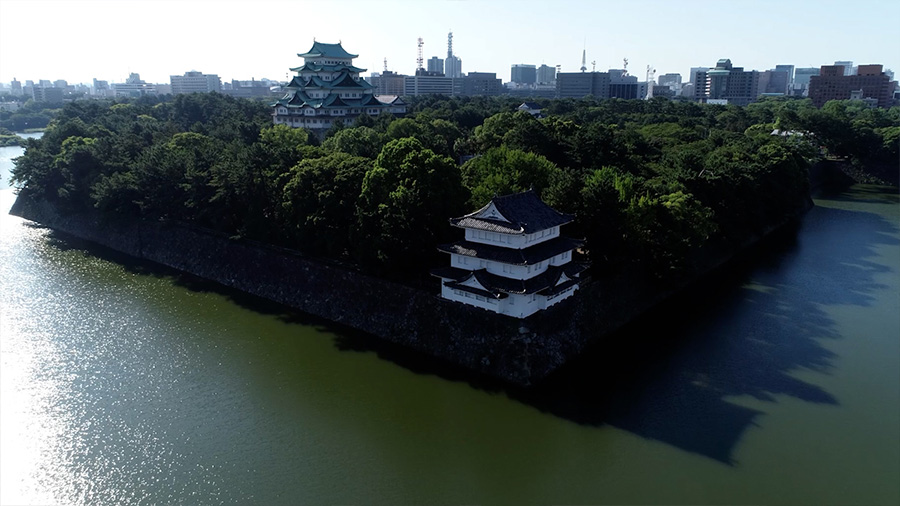
Northwest of Nagoya Castle
-
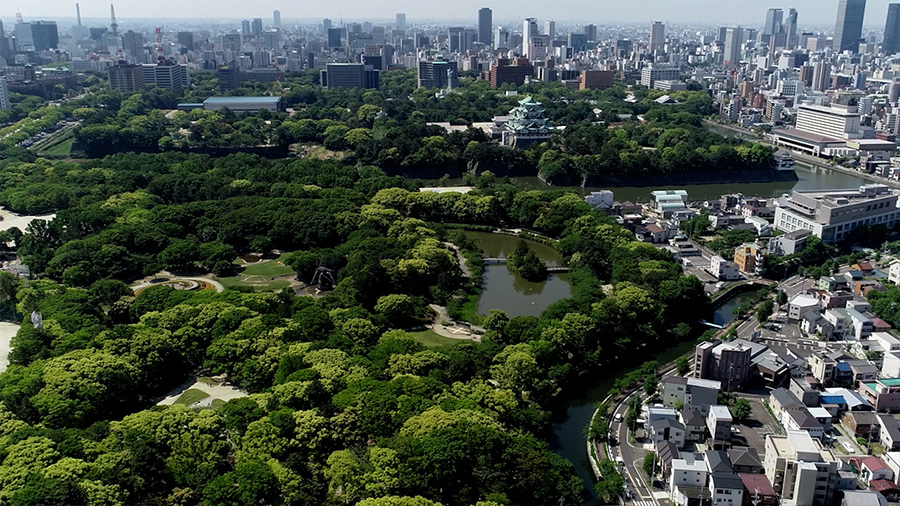
Scenery from the north end
-
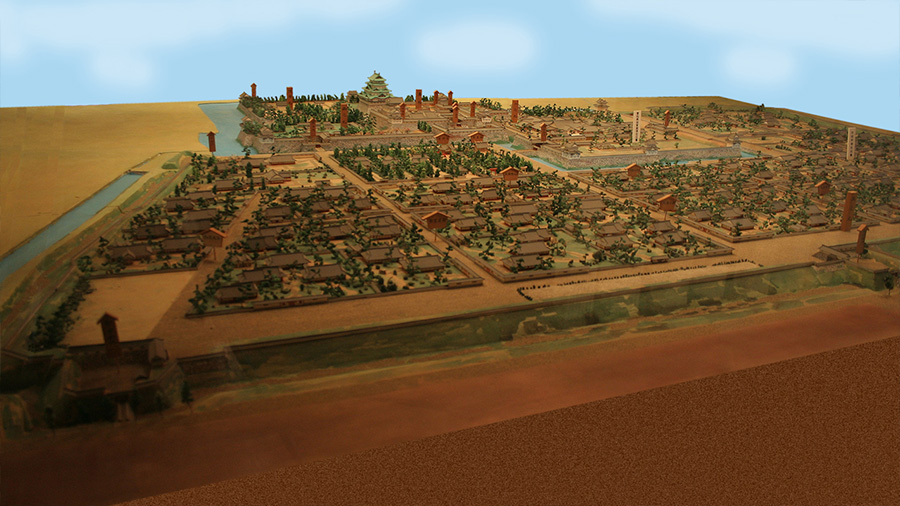
Nagoya Castle Replica
-
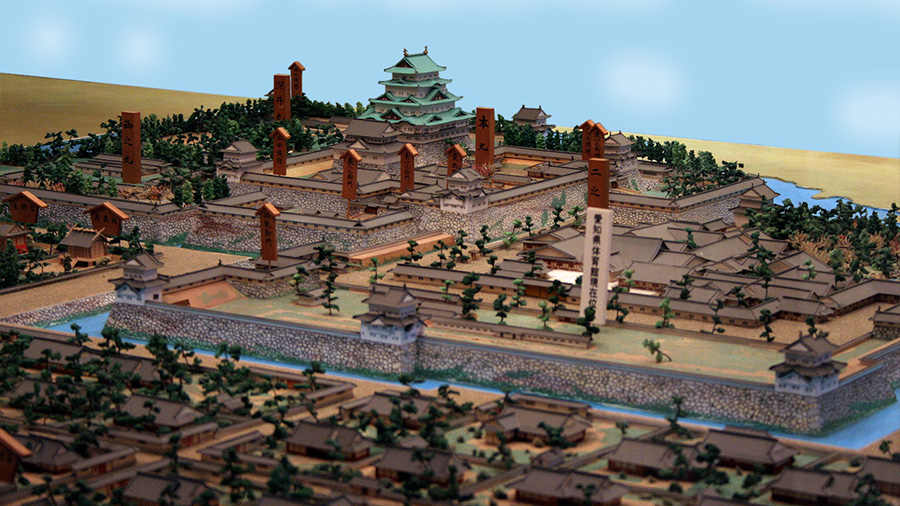
Nagoya Castle Replica
In 1873, the Nagoya Garrison (reorganized as the 3rd Division in 1888) was established in Nagoya Castle. The Ni-no-maru palace and the residences of the chief vassals in San-no-maru area were demolished, and army barracks and other structures were constructed.The Honmaru palace was used as the Garrison headquarters until 1887. Thereafter, there were calls for its preservation both at home and abroad, and in 1879 it was decided to preserve the castle tower, palace, turrets, and other structures.
The cost of preserving and maintaining Nagoya Castle was enormous, and the Ministry of the Army was troubled by the expense for nonmilitary purposes. Because of these circumstances, it was decided in 1891 that Nagoya Castle would be transferred from the Ministry of the Army to the Ministry of the Imperial Household.However, in 1891, the Nobi Earthquake occurred and Nagoya Castle was severely damaged.The transfer to the Ministry of the Imperial Household was postponed due to the need for restoration work, and in 1893, it was placed under the jurisdiction of the Ministry of the Imperial Household and used as the Nagoya Imperial Villa.
In 1929, the National Treasure Preservation Law was enacted and the Nagoya Imperial Villa was designated as a National Treasure. In 1930, the land and buildings of the Nagoya Imperial Villa were given to Nagoya City by tthe Ministry of the Imperial Household, and Nagoya Castle was designated a national treasure.
On May 14, 1945, at the end of the Pacific War, Nagoya was hit by an air raid. The main keep, the small keep, the Honmaru palace, the northeast corner turret, the main gate, and the golden dolphins were destroyed by incendiary bombs. Fortunately, the Honmaru palace barrier paintings were removed and stored in a warehouse, thus escaping destruction by fire. The Honmaru Goten barrier paintings are now designated as Important Cultural Properties under the Law for Protection of Cultural Properties (enacted in 1950).
-
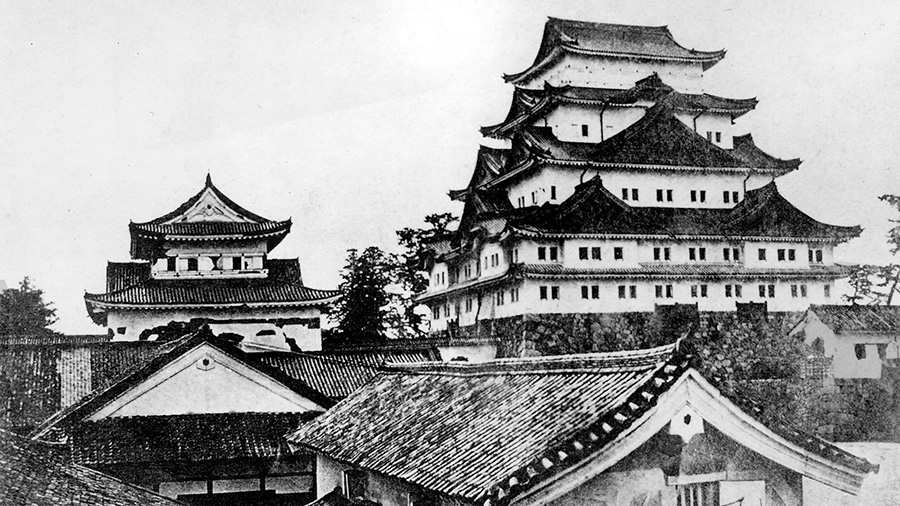
Castle tower
-
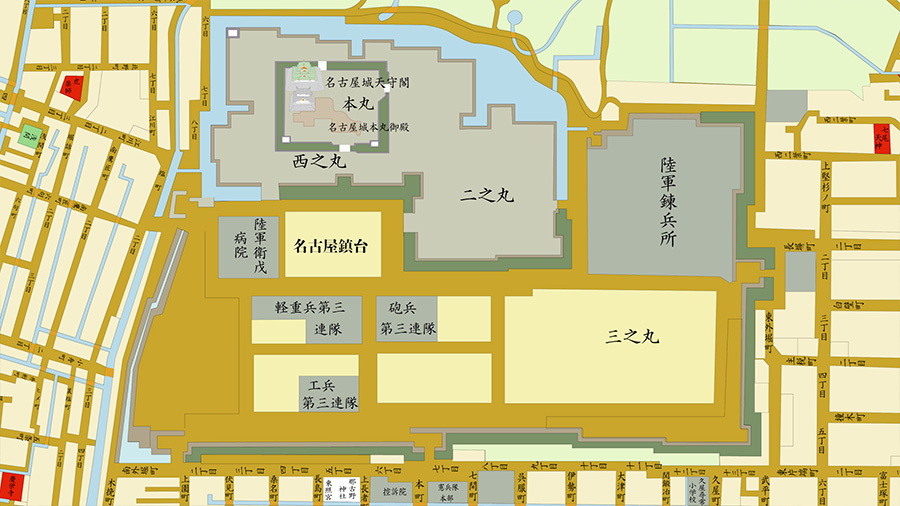
Nagoya Castle around 1877
-
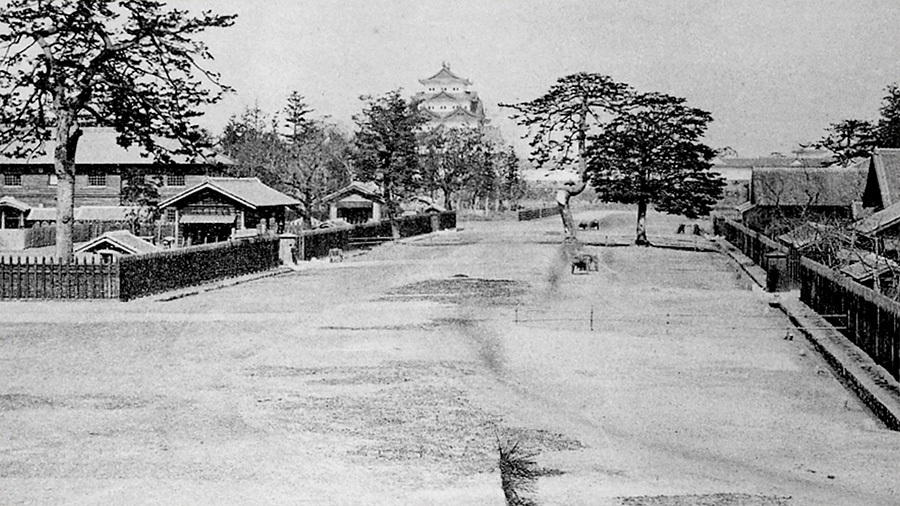
Nagoya Garrison
-
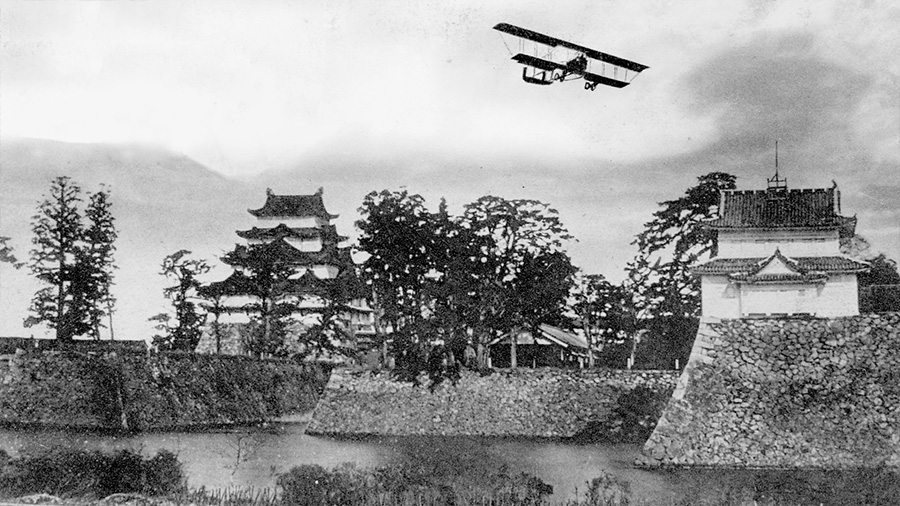
Nagoya Castle in 1920s
-
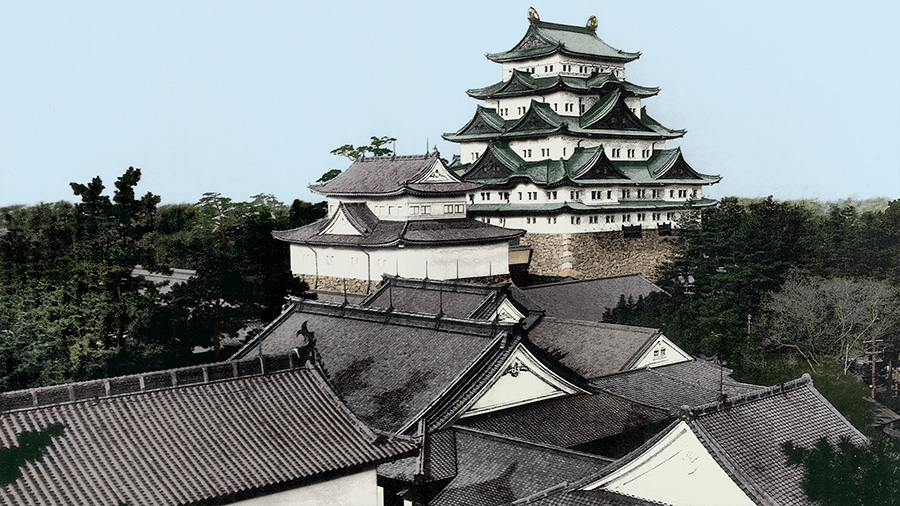
Nagoya Castle Digital Coloring
-
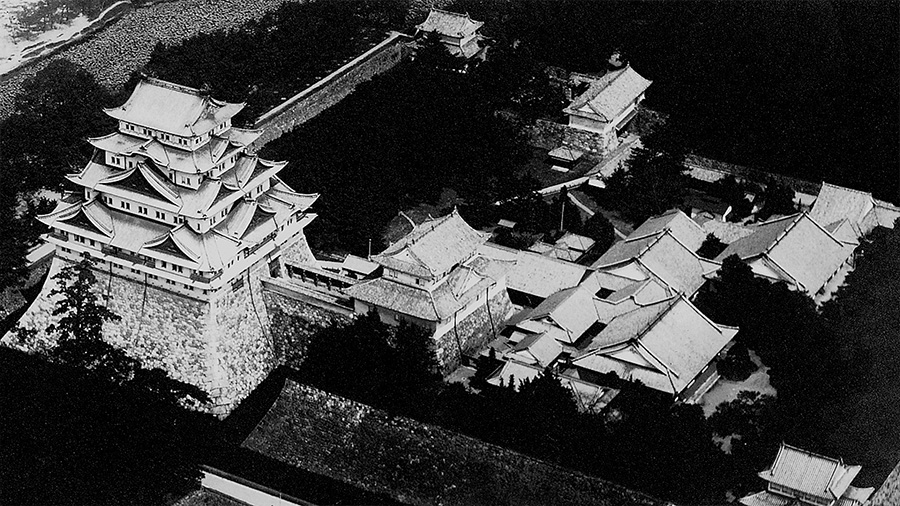
before being destroyed by fire
-
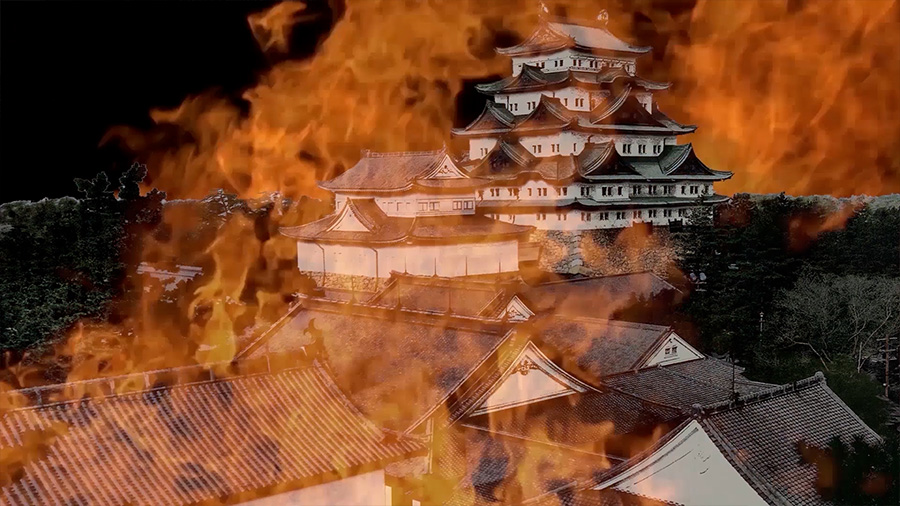
Nagoya Castle burned down
-
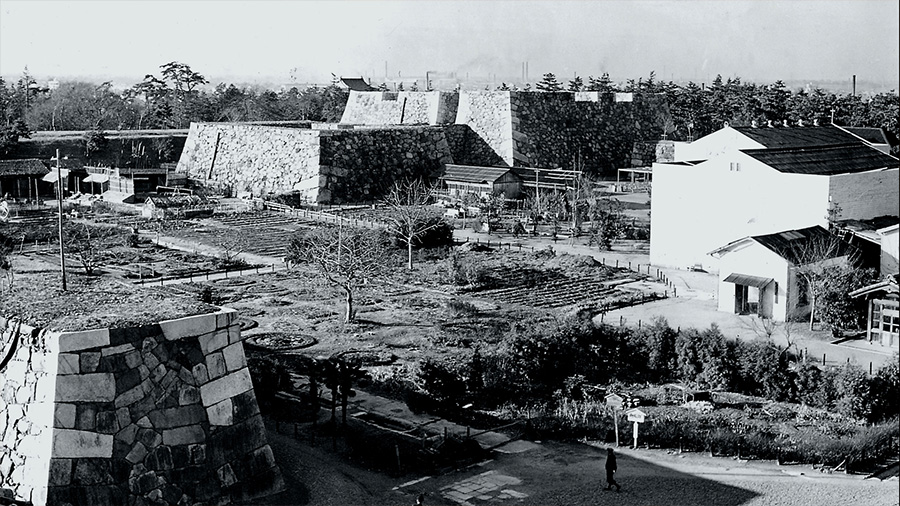
Second half of the 1950s
Nagoya Castle was reborn as an urban park as part of the postwar reconstruction plan.In 1959, Nagoya Castle's keep was rebuilt with a steel-reinforced concrete structure.The restoration of the Honmaru palace began in January 2009 and was completed in 2018.It has been open to the public since June of the same year.
-
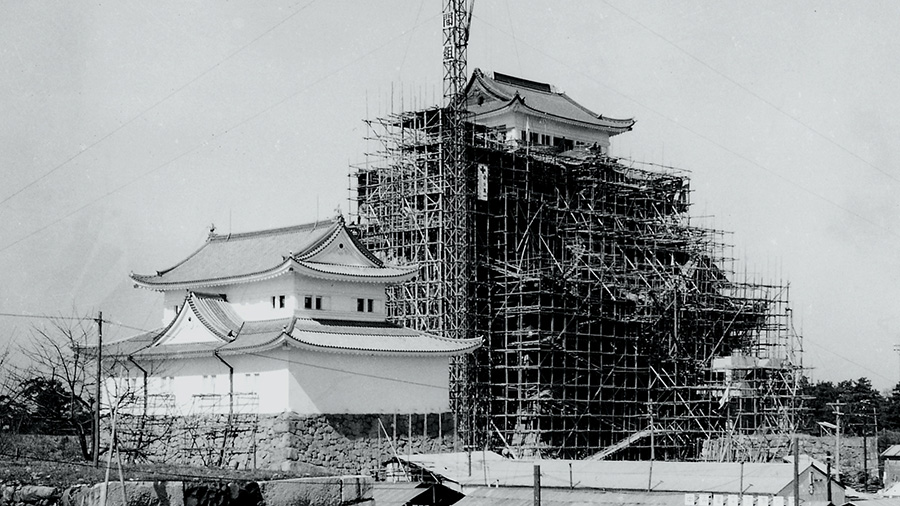
Reconstruction of Castle tower
-
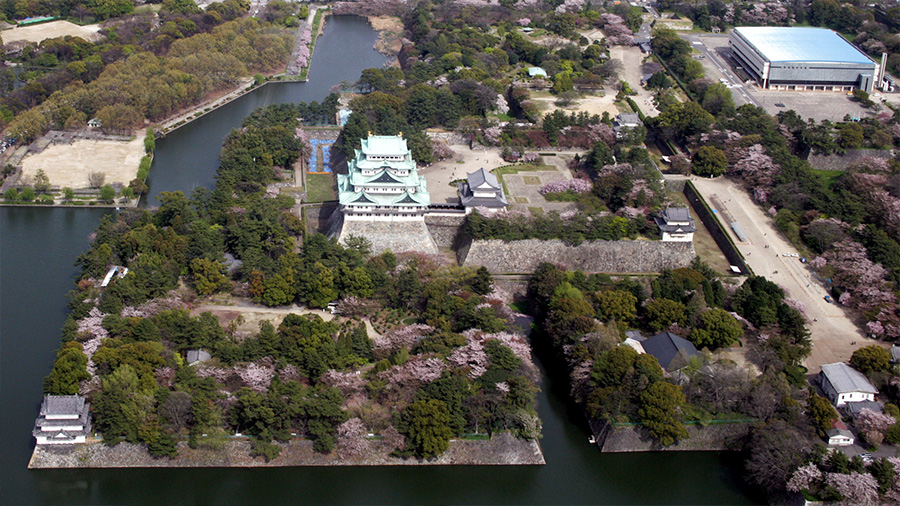
Nagoya Castle around 2008
-

Honmaru palace Cornerstone
-

Restoration of palace Goten begins
-
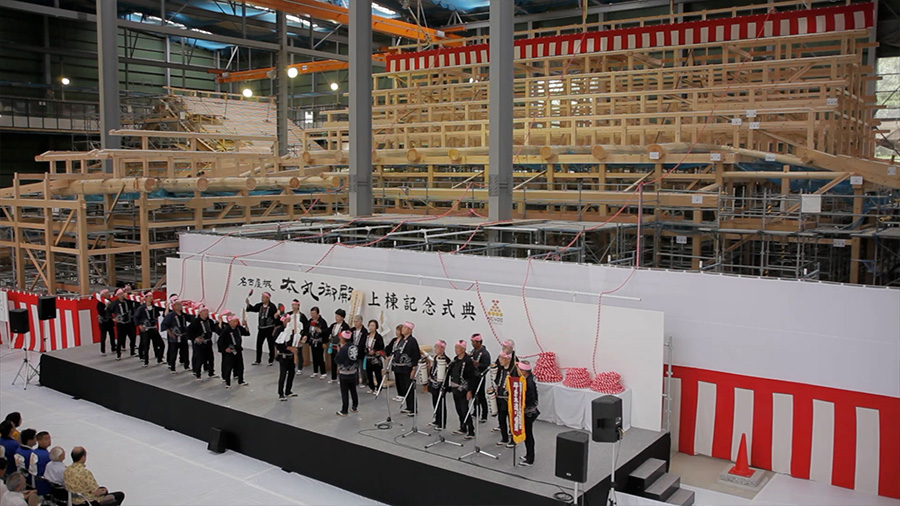
Memorial ceremony
-
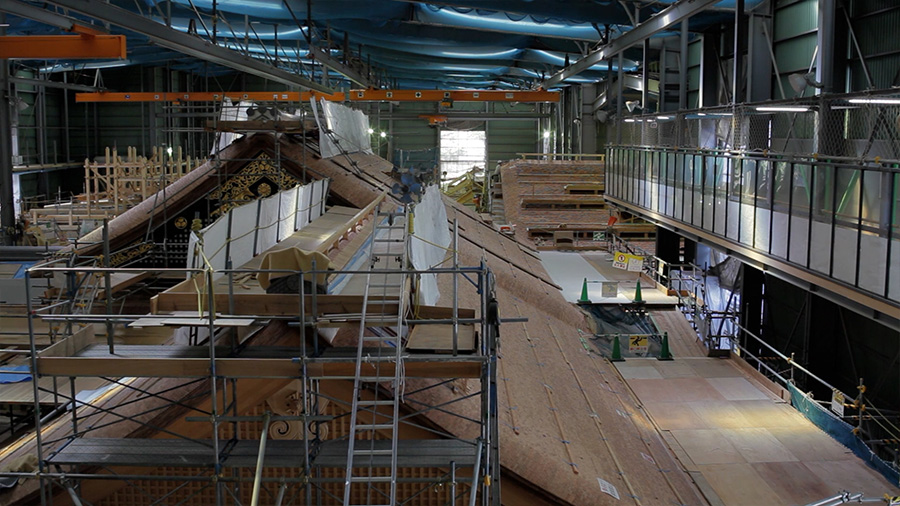
Honmaru palace restoration work
-

Honmaru palace restoration work
-
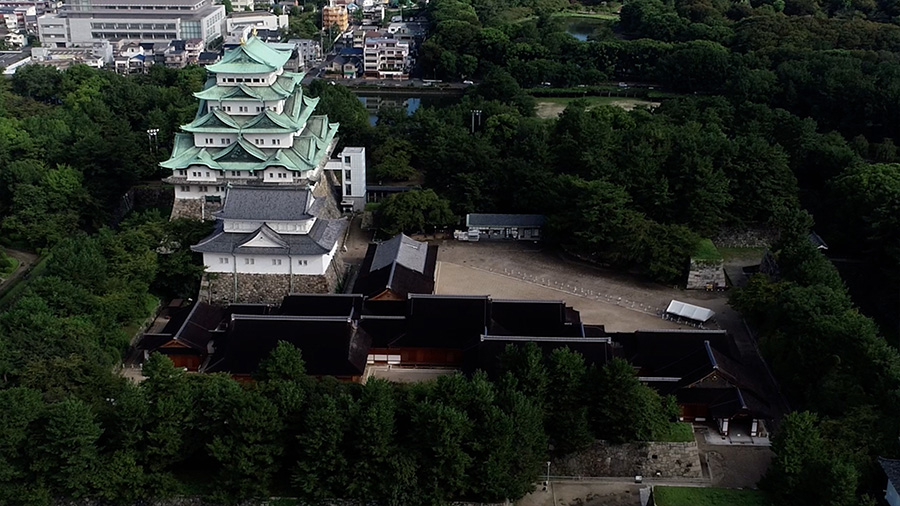
Completed in 2018
-

Monument to the Imperial Gift
-
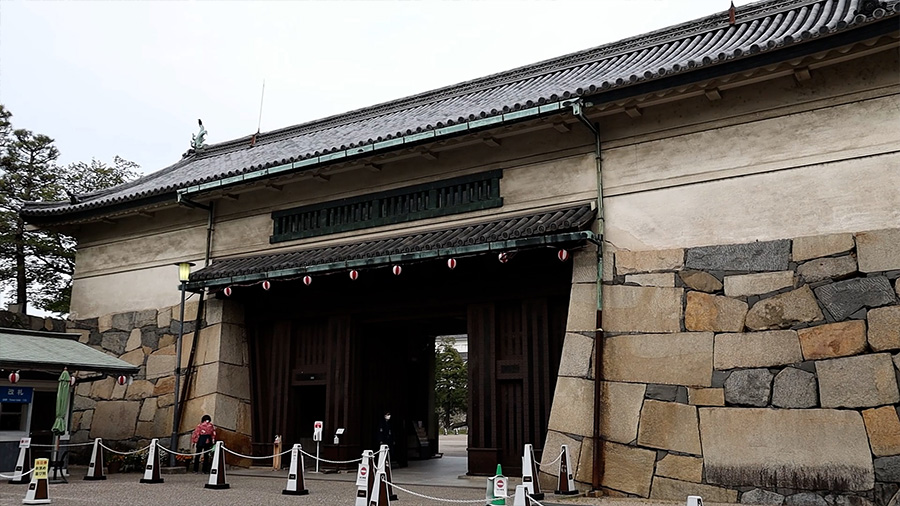
Main gate
-
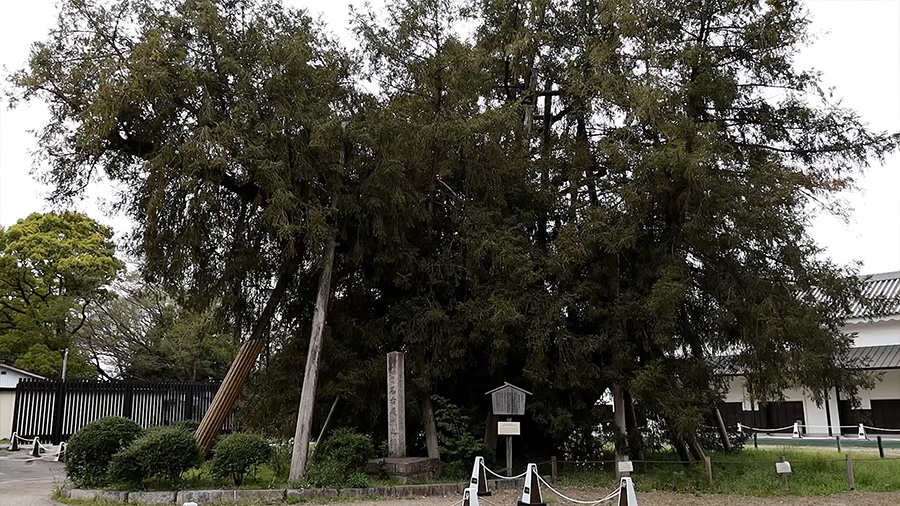
The Victorious Kaya Tree
-
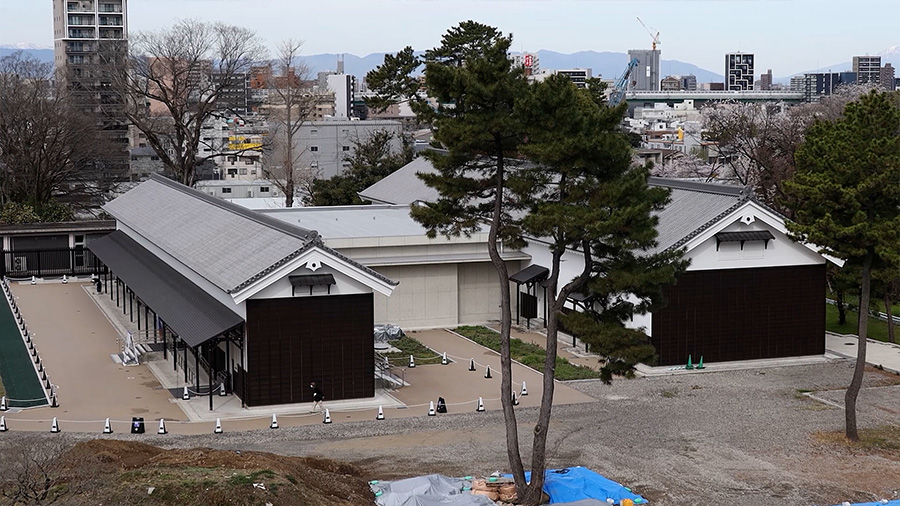
Nishi-no-maru Okura Museum
-

Southwest corner watchtower
-
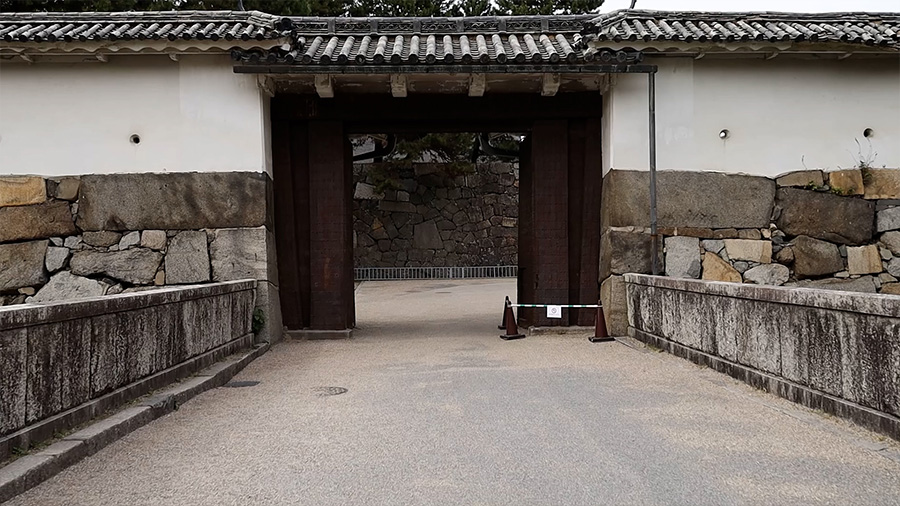
Omote second front gate
-
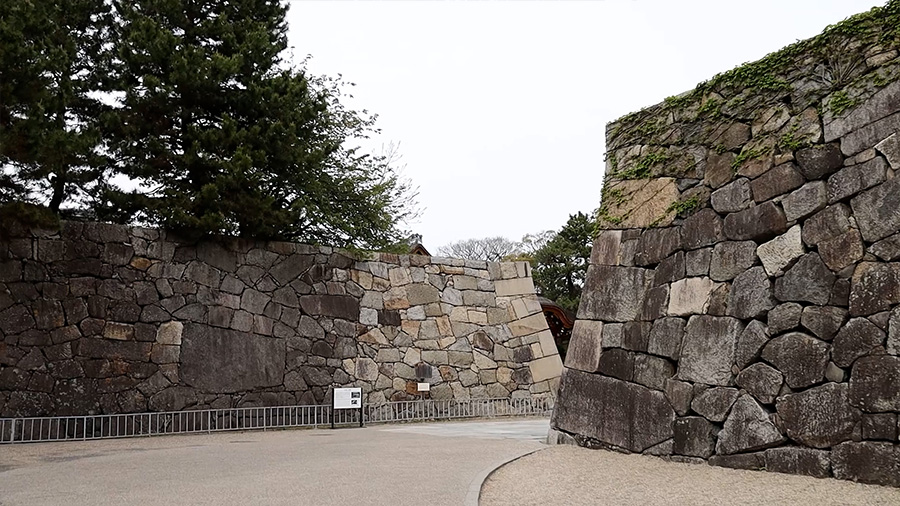
The site of Omote first front gate
-
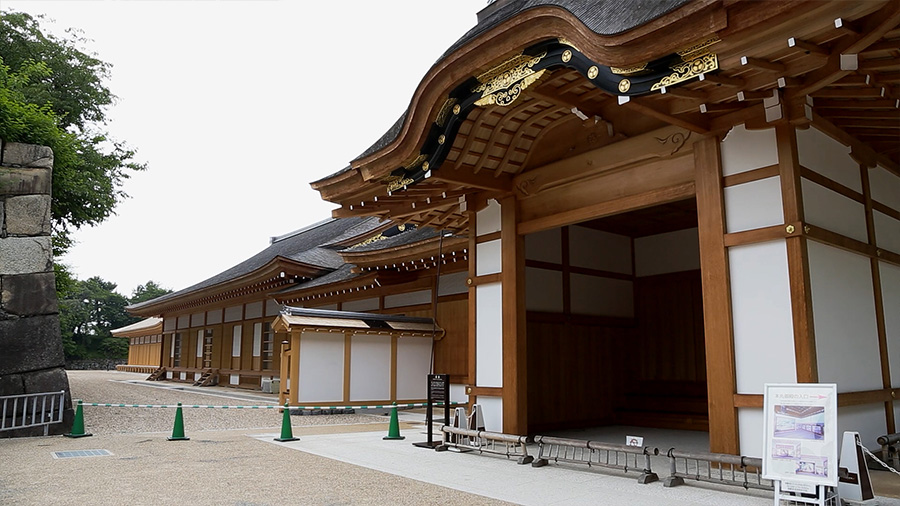
Honmaru palace
-
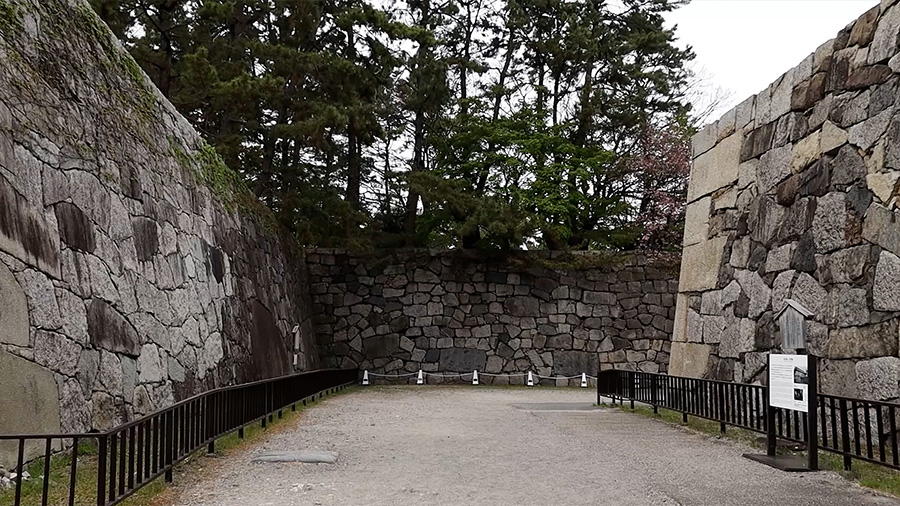
The site of higashi-ichi-no-mon
-
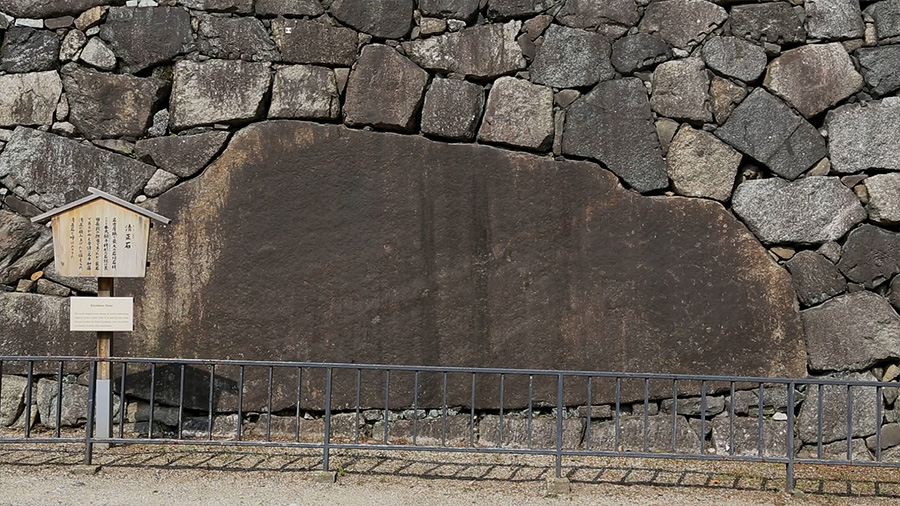
Kiyomasa Stone
-
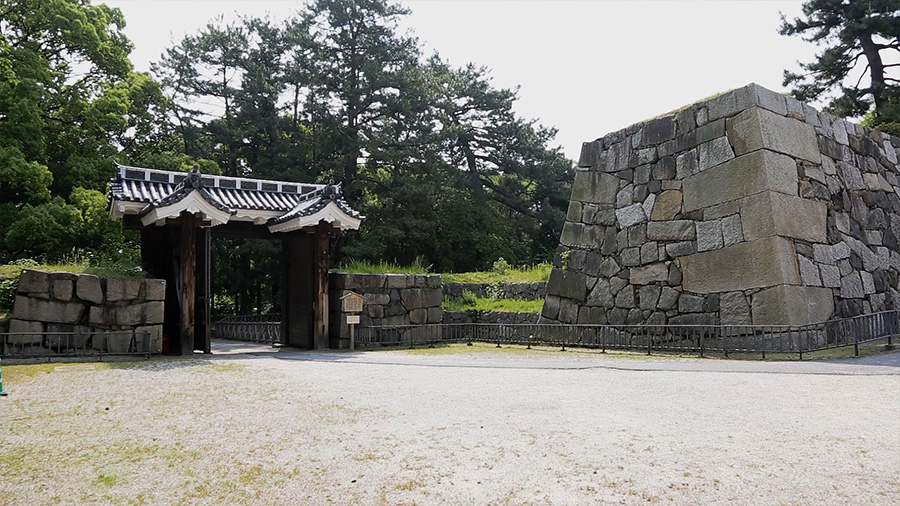
Honmaru Higashi-ni-no-mon gate
-
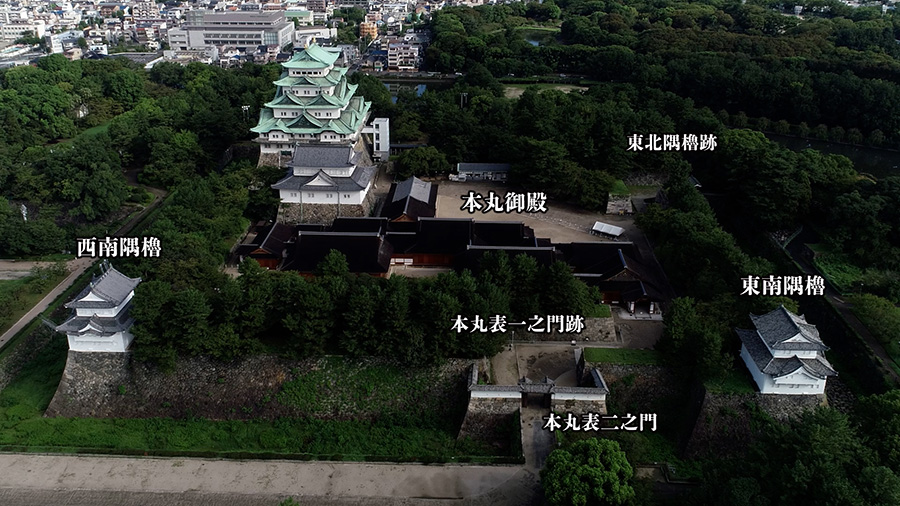
Panoramic view of Honmaru
-
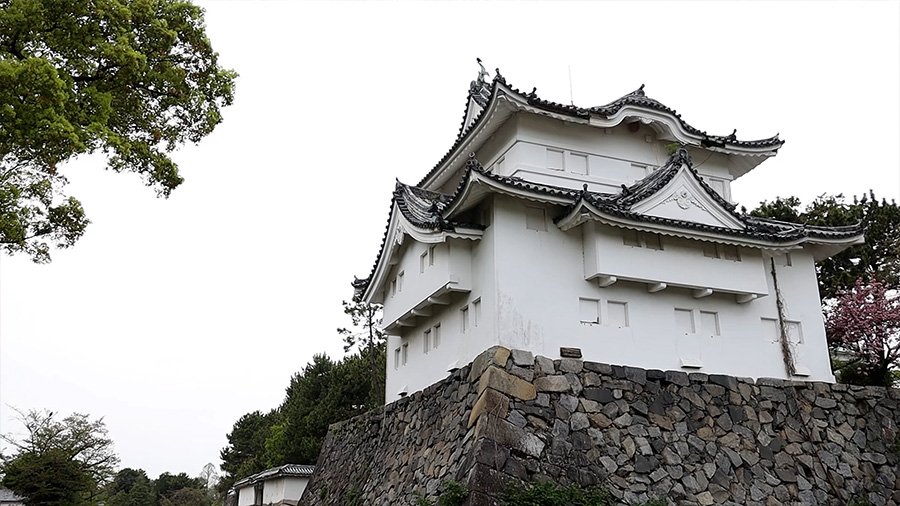
Southeast corner watchtower
-
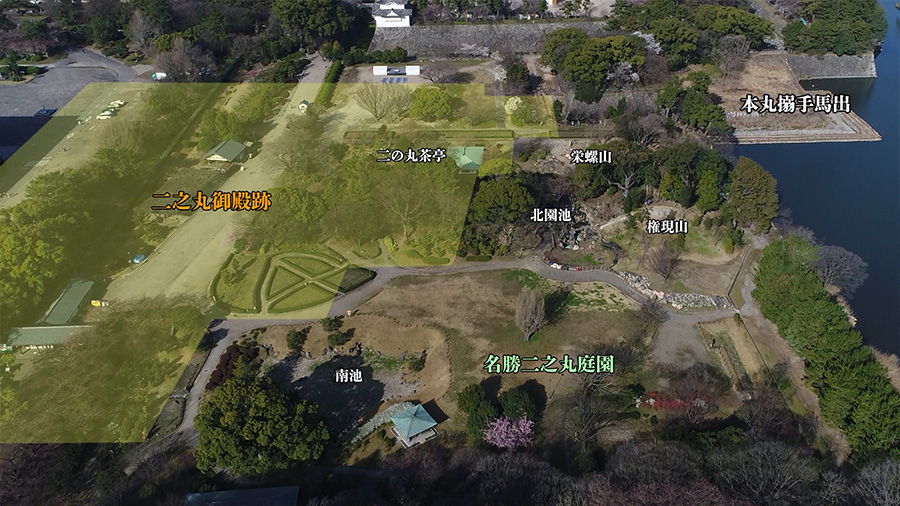
Ni-no-maru Garden

